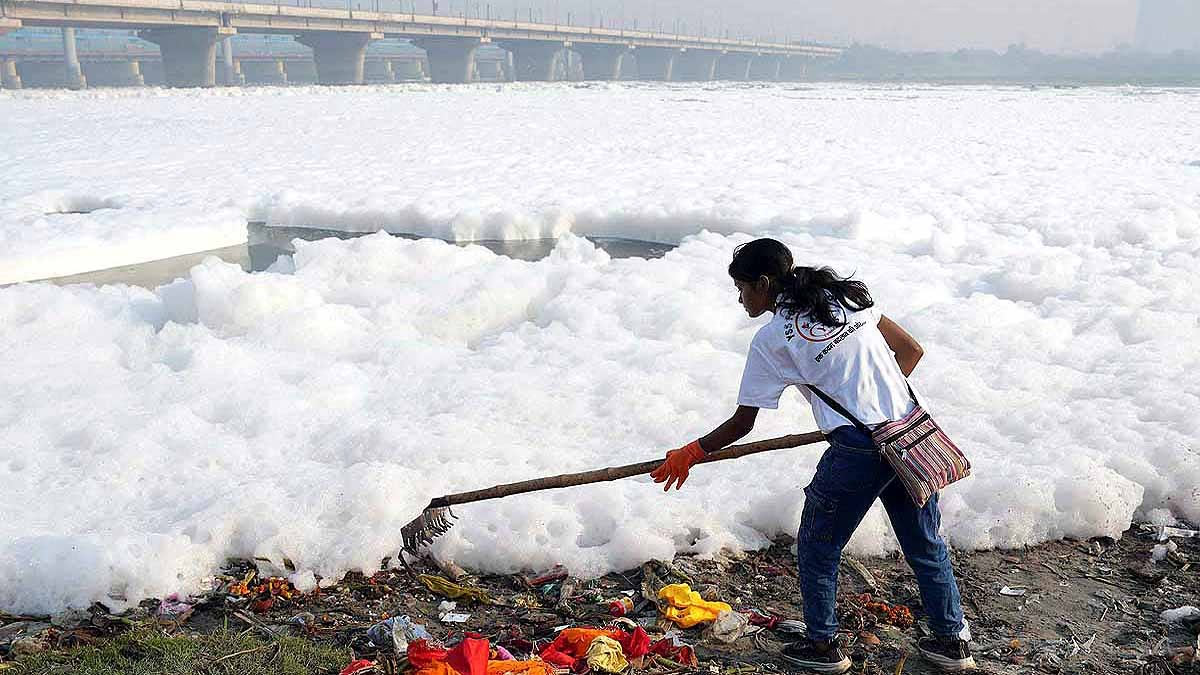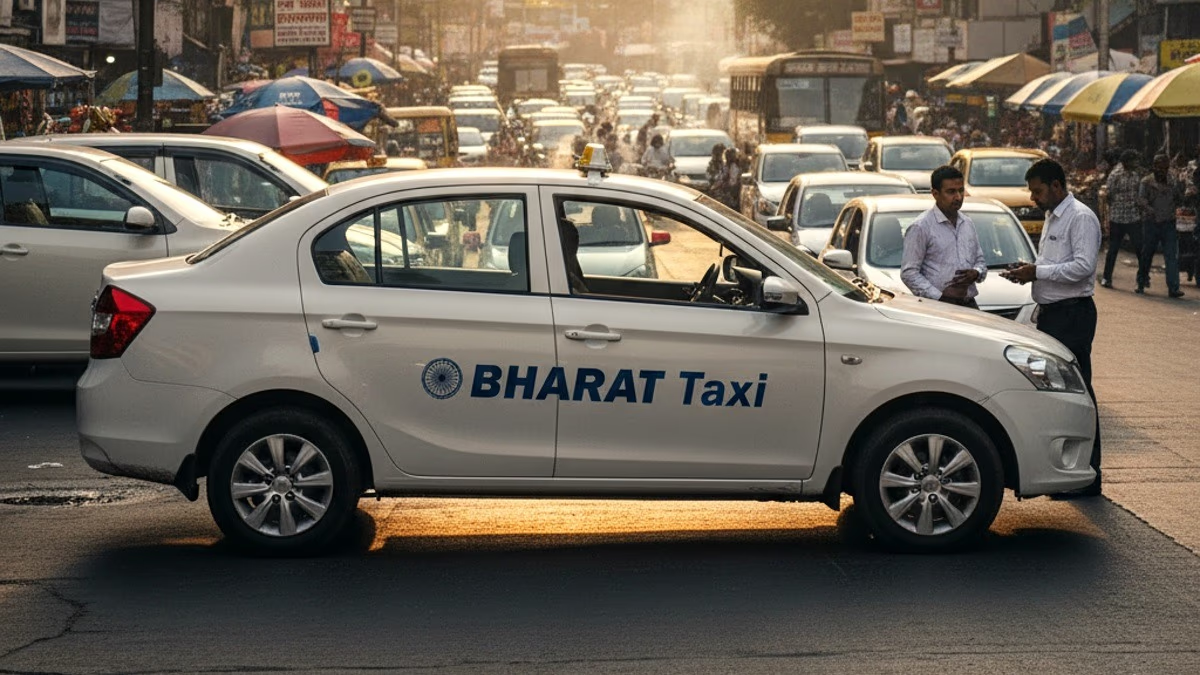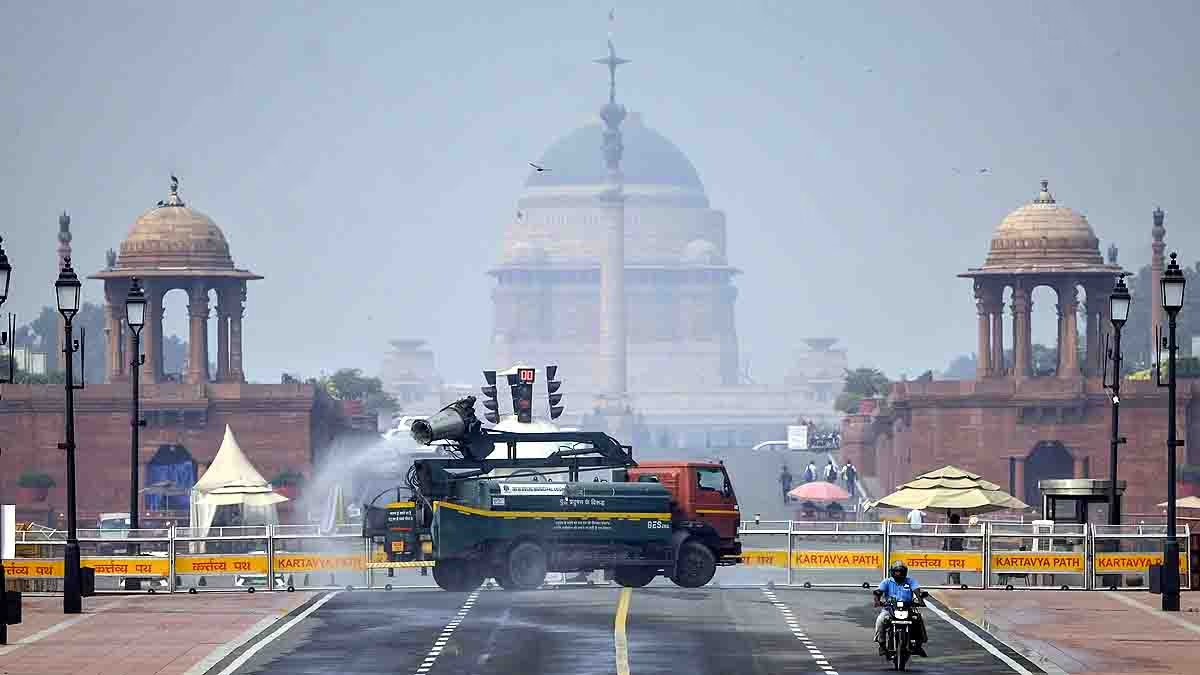Each year, the white foam spectacle of the Yamuna River is a sight seldom seen elsewhere in India. Of the nation's eight major and over 400 other rivers, some flow into the Arabian Sea while others merge with the Bay of Bengal. Yet, the Yamuna only flows from the icy Yamunotri in Uttarakhand to the sacred confluence of Prayag, maintaining its grace until it reaches the 22-kilometer stretch of Delhi. There, its visage deteriorates terribly.
As it approaches Delhi, the Yamuna transforms from a flowing river into a squalid drain. The suffocating stench, alarming foam, dried wetlands, and rampant algae assault your senses fiercely. The peace and solace once provided by the river's serene flow vanish. Why does the Yamuna lose its essence only within Delhi? Is it due to governmental inefficacy or public negligence?
Also read:
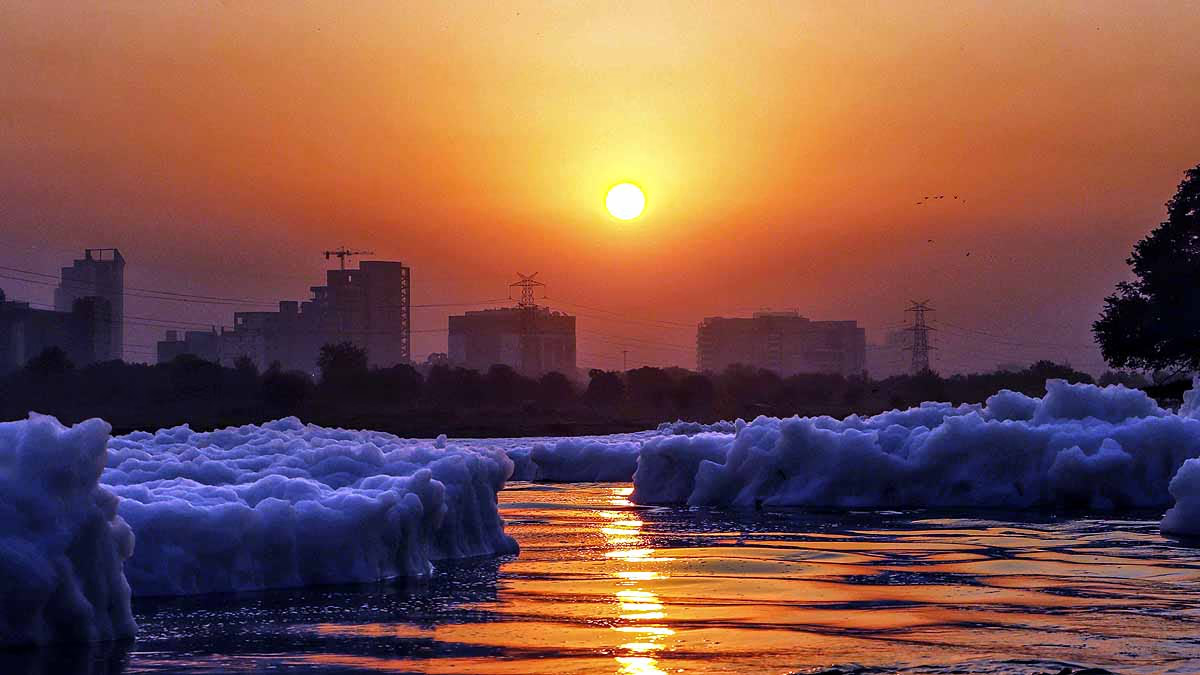
Source: aajtak
This river, stretching a commendable 1376 kilometers, is divided into five key segments where it undergoes transformations from pure to polluted, and increasingly contaminated. Its very hues change—from verdant greens. Let’s delve into these five geographical sections...
First Segment in the Mountains
From Yamunotri to Hathni Kund Barrage...
Encompassing regions of Uttarakhand, Uttar Pradesh, and Himachal Pradesh, this stretches approximately 172 kilometers, home to tributaries such as Kamal, Giri, Tons, and Asan. Two crucial barrages, Dak Pathar and Asan, oversee its flow.
Also read:
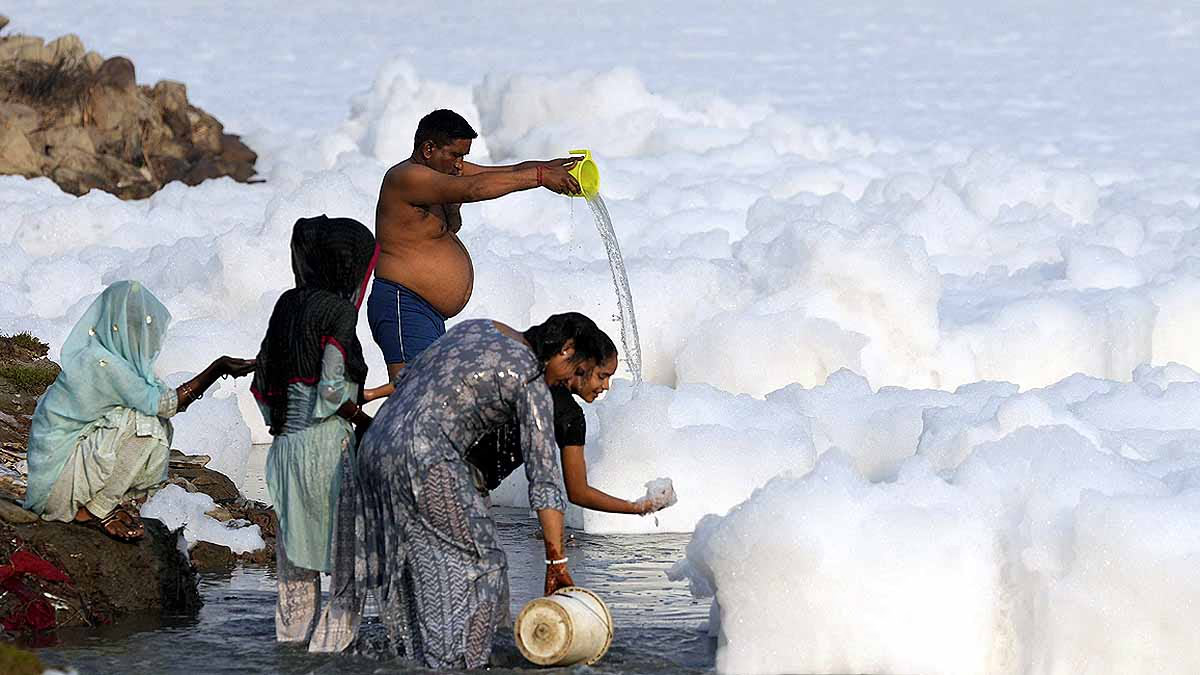
Source: aajtak
Second Segment Upstream of Delhi...
From Hathni Kund Barrage to Wazirabad Barrage...
Spanning Haryana and Uttar Pradesh, this 224-kilometer stretch includes major branches such as the Som and the Yamuna Drains 2 and 8, with barrages that connect the Western and Eastern Yamuna canals.
Third Segment in Delhi...
From Wazirabad Barrage to Yamuna Barrage Okhla...
The most polluted, this 22-kilometer area is intersected by 22 drains, connects to the Hindon Cut, and is sandwiched between two barrages—Wazirabad and Yamuna—and funnels into the Agra Canal.
Also read:
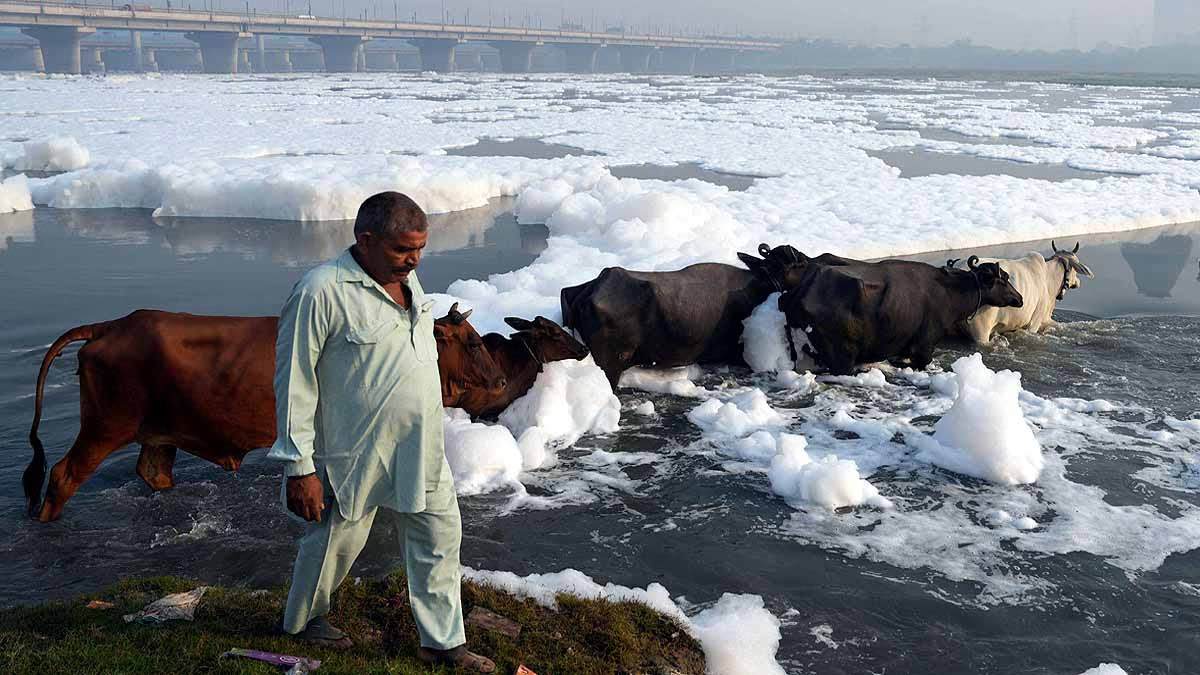
Source: aajtak
Fourth Segment Downstream of Delhi...
From Okhla Barrage to Chambal...
Inhabiting Uttar Pradesh and Haryana regions, this 490-kilometer segment sees the confluence of Hindon, Bhuria Drain, and riverine channels of Mathura and Vrindavan, featuring the single Okhla Barrage and the Agra and Gurgaon canals.
Fifth Segment...
The Pristine Yamuna Preserved...
Encompassing a 468-kilometer zone in Uttar Pradesh, hailed by the adjoining rivers Chambal, Ken, Sindh, and Betwa.
Yet Again:
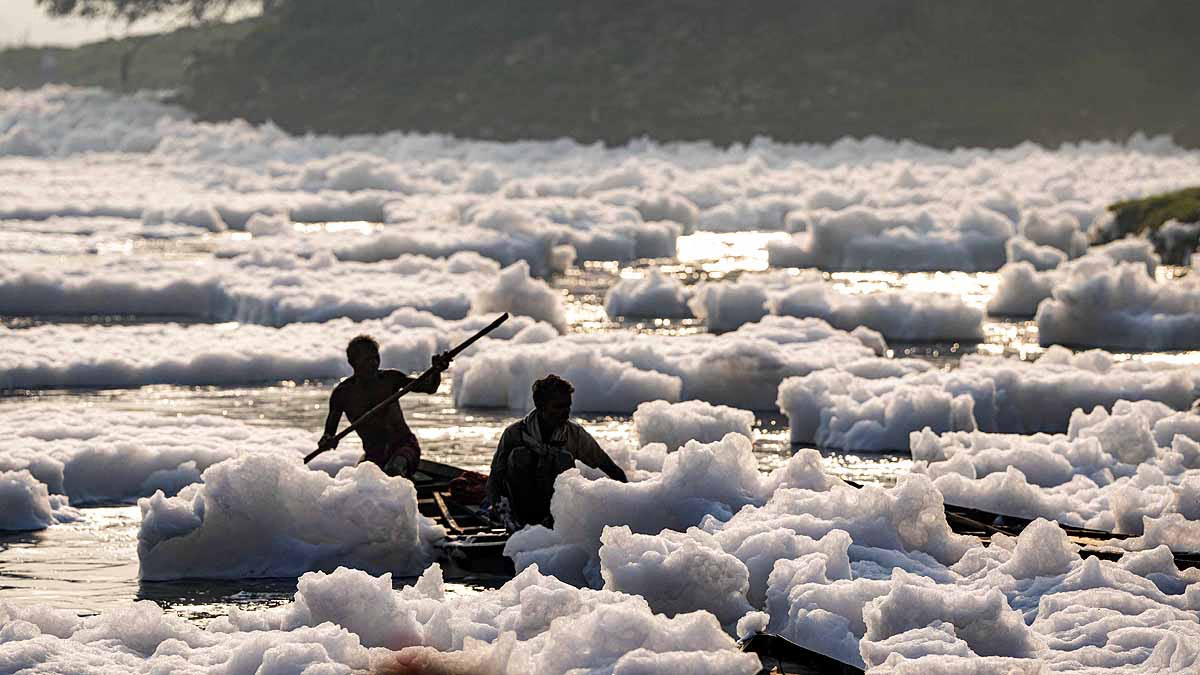
Source: aajtak
Where Does the Yamuna Spew Toxic Foam?
From childhood tales of the fearsome Kaliya Naag poisoning the waters, leaving the river bubbling and toxic, today’s pollution seems reminiscent. Just as snake venom results in frothing for the victim, pollution snakes choke the Yamuna between Wazirabad to Okhla Barrage. While it remains pristine upstream in Uttarakhand and downstream past Delhi, one wonders why Delhi becomes its filthy epitome?
Causes of Yamuna’s Pollution...
The Yamuna is one of the most polluted rivers due to untreated sewage, industrial waste, and agricultural runoff. Summers dry the river, leaving behind debris and carcasses that, with the monsoon deluge, churn into a thick toxic foam.
